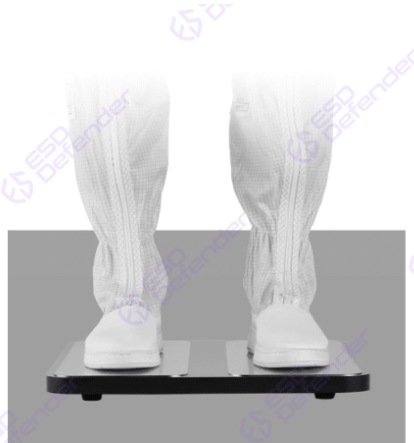In technical environments like electronics manufacturing or laboratories, ESD shoes serve as essential protective gear rather than basic equipment. These specialized shoes function as critical safeguards for operational integrity and product quality. Choosing inappropriate products can lead to protection failures and significant financial losses. Here are five crucial aspects requiring careful evaluation before making investment decisions.
Understanding Certification Variations
ESD footwear must comply with international standards such as IEC 61340-5-1, but important regional differences exist. The European Union’s EN ISO 20345 and China’s GB 21148 both specify resistance ranges between 100kΩ and 1000MΩ. However, testing methodologies and compliance verification processes vary between regions. Products certified for one market might not automatically comply with another region’s requirements. This discrepancy can lead to failed safety audits and unexpected liabilities. Understanding the specific standard applicable to your operational location is fundamental to ensuring compliance and protection.
Material Composition Matters
The effectiveness of ESD footwear depends significantly on its construction quality. Reliable shoes utilize sophisticated multilayer designs incorporating various materials. These typically include durable polyurethane surfaces, carbon fiber conductive layers, EVA cushioning for comfort, and copper grounding channels. Inferior products often compromise by using simple graphite coatings instead of proper conductive layers. These substandard materials degrade rapidly, with resistance values frequently increasing by 300% within three months of use. This rapid deterioration renders the protective function ineffective long before visible wear appears.
Application-Specific Requirements
Different operational environments demand different electrical resistance characteristics. Semiconductor manufacturing facilities typically require resistance levels between 10^5 and 10^7 Ω. Explosive atmospheres such as chemical processing plants need higher resistance around 10^8 to 10^9 Ω. Medical cleanrooms present unique challenges, requiring special antimicrobial materials that maintain conductivity within specific ranges. Using footwear with incorrect resistance characteristics guarantees protection failure. Matching the shoe’s technical specifications to the operational environment is therefore absolutely critical.
Total Cost Considerations
The initial purchase price represents only a portion of the total investment. Comprehensive cost analysis must include replacement frequency and potential liability expenses. Economical shoes priced around $11 per pair typically demonstrate high failure rates approaching 12% monthly. For a hundred workers, this translates to substantial annual replacement costs exceeding $1500, plus increased accident risks. Quality footwear costing approximately $21 per pair shows significantly better performance with monthly failure rates around 2%. This reduces annual replacement costs to about $250 per hundred workers while dramatically decreasing accident risks. The higher initial investment quickly pays for itself through reduced replacement needs and improved safety.
Supply Chain Verification
Initial product certification does not guarantee consistent quality across production batches. Some suppliers alter materials without proper notification or testing. One manufacturer experienced quality degradation where compliance rates dropped from 100% to 63% in subsequent batches after the supplier incorporated recycled materials. Implementing rigorous verification procedures is essential to maintain quality standards. Demand independent testing reports for every production batch to ensure consistent performance and material quality throughout your supply relationship.
Conclusion
Selecting appropriate ESD footwear requires understanding technical specifications, application requirements, and supplier reliability. Allocate approximately 20% of your total budget for independent verification testing. This approach ensures genuine protection and represents true cost efficiency, transforming footwear procurement into an effective risk management strategy rather than merely a purchasing decision.







